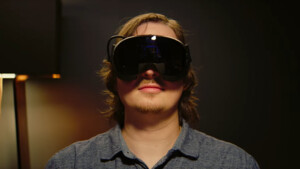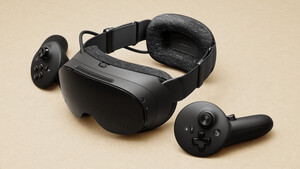Here's how different experiences take advantage of their position on the mixed reality spectrum:
◾Skype on Microsoft HoloLens. This experience allows collaboration through drawing in someone's physical environment. As an experience, it is currently further left on the spectrum because the physical environment remains the location of activity.
◾Fragments and RoboRaid. Both of these take advantage of the layout of the user's physical environment, walls, floors, furniture to place digital content in the world. The experience moves further to the right on the spectrum, but the user always believes they are in their physical world.
◾HoloTour on Microsoft HoloLens. HoloTour is designed with an immersive experience in mind. Users are meant to walk around tourist locations. On HoloLens, HoloTour pushes the limits of the device's immersive capabilities.
◾HoloTour on immersive devices. Meanwhile when HoloTour runs on an immersive device, it showcases the environmental input by allowing users to walk around the tourist location. The boundaries that help users avoid walking into walls represent further capabilities that pull the experience towards the middle.
◾360° videos. Since environmental input like translational movement does not affect the video playback experience, these experiences fall to the far right towards digital reality, effectively fitting into the narrow part of the spectrum that is virtual reality.






